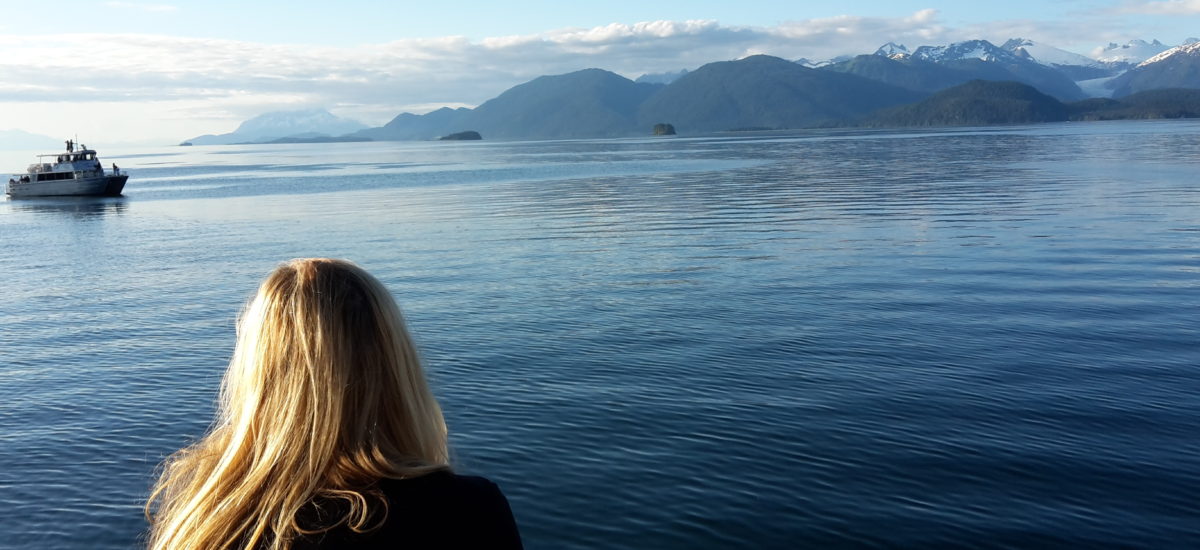
After living in Europe for a while, I returned to Buffalo in the summer of 2013 eager to see what had changed in my absence. During that visit, one of my brothers encouraged me to go kayaking with him on the Buffalo River, a body of water so polluted in my youth that it actually burst into flames one cold January day. Never did I imagine that in my lifetime there would be places to rent and launch kayaks on a river that bisected the city’s industrial wasteland.

As we paddled, I gazed with interest at what was around me. The massive concrete grain elevators, loading docks, abandoned factories, and train tracks were all still there, untouched and undisturbed, the ghosts of Buffalo’s halcyon days as Queen City of the Great Lakes back in the 1800s. Drawing closer to shore, I could see that while the exterior structures remained unchanged, in many cases the interiors had new life.
What was happening here? I began to wonder if my hometown had embraced the Japanese concept of wabi-sabi while I was gone.

Although a bit difficult even for the Japanese to explain, wabi-sabi is a philosophy that sees beauty in things as they are, however raw and untouched. A recent article in Japan’s SAKURA News explained that ‘wabi-sabi’ embraces the idea of aesthetic appreciation of aging, flaws, and the beauty of the effects of time and imperfections, concepts somewhat foreign to Western culture.

I decided I wanted to see how much of Buffalo now reflected this aging, imperfect state. Back on shore, my brother took me on a tour of “Canalside” and Buffalo Riverworks, where some of the old factories and industrial buildings had been converted into new commercial enterprises. What I found were new establishments that not only left the damaged concrete and exposed rebar, but included them in the design.

Now that I was looking with new eyes, I found examples of this aesthetic throughout the city. The Pearl Street Grill and Brewery downtown is a fine example. The warehouse built in the 1840s, now a beautiful eating and drinking establishment, still retains the rough charm of its roots in the once-seedy Canal District.

Further uptown, the campus of the foreboding Buffalo State Asylum for the Insane now hosts the luxurious Hotel Henry, complete with fine dining and well-landscaped grounds. Next to the hotel sits the remaining derelict structures of the old hospital, part of the city’s sightseeing tour.

Later, while visiting my former home on the West Side, I was most delighted to see that the old Sparks Dairy, for many years a burned out hulk, had been given new life as an apartment building. Rather than tear the structure down, once again the old exterior was preserved, giving the new dwelling a modern, urban edginess while remaining the recognizable landmark of my youth.

In his book, Wabi-sabi, The Art of Impermanence, Andrew Juniper notes that, “If an object or expression can bring about, within us, a sense of serene melancholy and a spiritual longing, then that object could be said to be wabi-sabi.” Was what I was seeing in Buffalo an embrace of something like this ancient Japanese philosophy, or were there more mundane, economical reasons for preserving these structures? I do not know, but like anyone who was born and raised in Buffalo, these structures, aging but standing resolute our entire lives, remind us when we see them, that we are home.
Perhaps one day our Western eyes will also stop fixating on youth, and appreciate the beauty and serenity that comes with age in older people. Like old structures, it is the flaws and imperfections that tell our stories and make us interesting. Do you have a favorite wabi-sabi building, place or design in Buffalo? Do you embrace the philosophy of wabi-sabi in your life? Tell me your stories in the comments below!

Moxie Gardiner is a writer and gardener who grew up on the West Side of Buffalo, NY. In a previous life she was a journalist, magazine editor, speech writer, and policy wonk. Back in the day she made three solo parachute jumps, flew in an F-15 fighter jet, and crawled through mud pits at the Jungle Operations Training Course in Panama. She now meditates and practices yoga. She is almost ready to publish her first novel, set in Buffalo.













































































